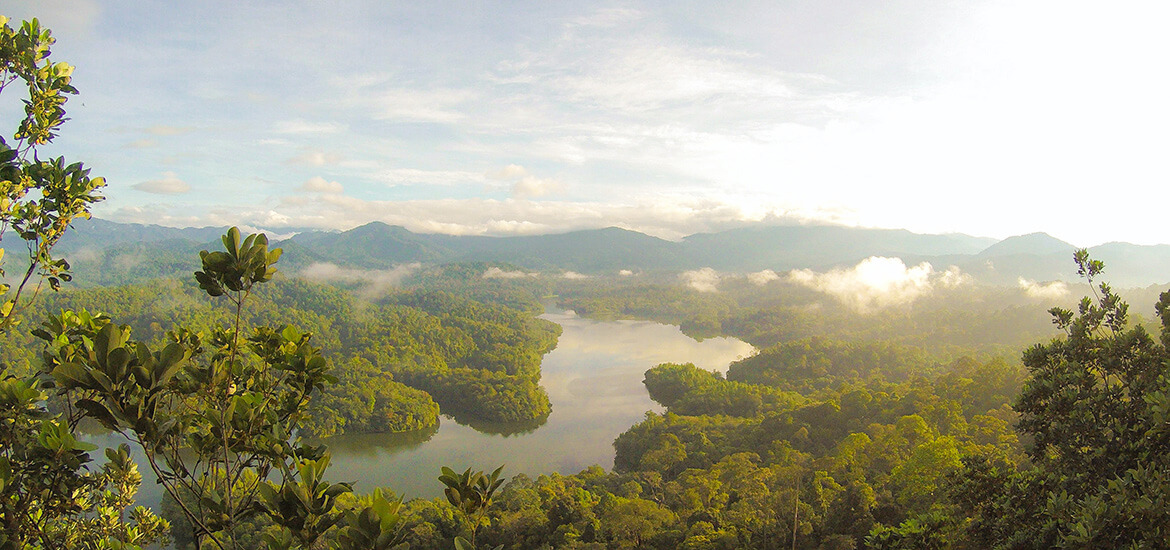The ASM study highlights how the loss of biodiversity could lead to significant economic risks, but: “Viewed from another vantage point, there is considerable opportunity for countries and regions around the world to embrace biodiversity conservation and invest in natural infrastructure … for development, job creation and socio-economic growth.”
Conserving the seas
The researchers highlight nature conservation projects in the region which prove the point. One example is the Keo Seima Wildlife Sanctuary in eastern Cambodia, which is the ancestral home of the Bunong people and provides a habitat for more than 40 threatened species, including Asian Elephants and birds like the Giant Ibis.
A project there has succeeded in minimizing deforestation and cutting emissions while increasing income for the local community by creating 449 jobs in law enforcement, community patrols, conservation and eco-tourism.
There are economic rewards for looking after Southeast Asia’s rich marine environment, too. The ASM cites the Tun Mustapha marine park in Malaysia which houses more than 250 species of coral reefs, and 400 different types of fish and animals including sea turtles and humpback whales whose survival is under threat.
Research on individual countries needed
To stop over-fishing and preserve the biodiversity of the waters, the park has been divided into zones. Large-scale commercial fishing is only allowed in one area – in other zones fishing is banned, or only traditional methods are allowed.
According to the UN, the measures have boosted the local economy, increasing the incomes of people living in coastal communities, providing jobs and improving food security. Work to provide safe habitats for the park’s sea turtles has also attracted tourists, bringing a bit more wealth to people living on the coast.
The ASM estimated the economic benefits to the entire region by calculating Southeast Asia’s share of the £125 trillion global value placed on nature by the WWF.
Dr. Teckwyn Lim, an adjunct lecturer at the University of Nottingham Malaysia, who was not involved in the study, says more detailed work is necessary: “There needs to be a country-by-country approach, in order for it to be more actionable. The countries are very different from one another; they range from Laos to Singapore.”
UN biodiversity talks
The study comes ahead of COP15 – the United Nations Convention on Biological Diversity – which will conclude in Montreal in December 2022. The talks aim to agree on international targets for preserving biodiversity, but progress has been slow, according to the International Business Times.
A group of NGOs and campaign groups has written an open letter claiming the talks are in crisis due to a lack of support from governments: “Negotiations have become stagnant … Today we all have a choice – let this process run its course and endorse business as usual – which will take our planet to the brink - or provide the leadership that the moment requires.”
The authors of the ASM study point out that conservation can’t be considered just a “nice to have” anymore – and that Southeast Asia has the potential to become a global role model for prosperity and biodiversity growing side by side.
This article was first published on World Economic Forum and was written by Simon Read, Senior Writer of Formative Content.









